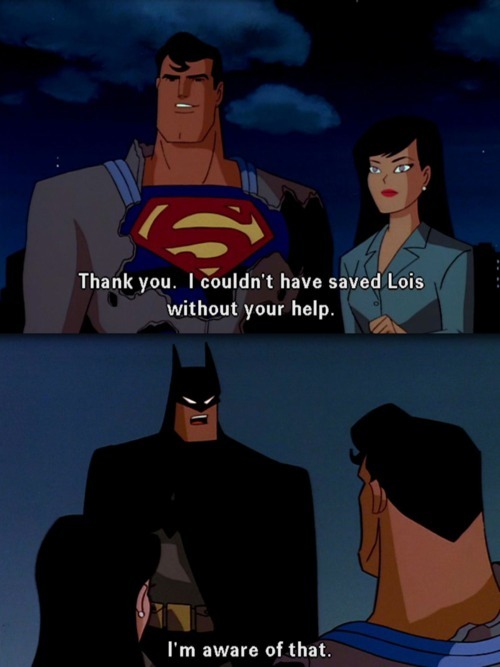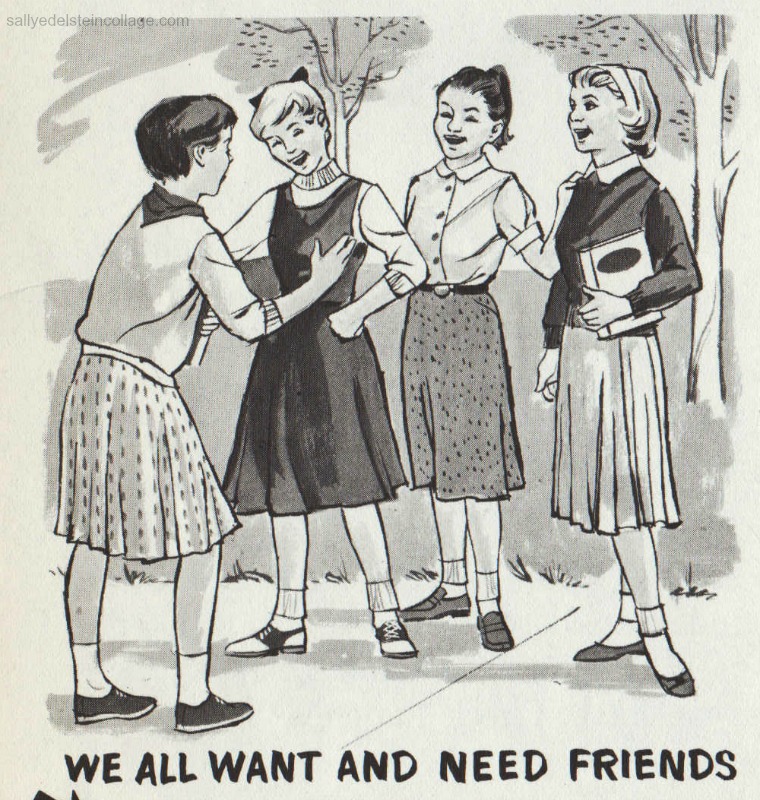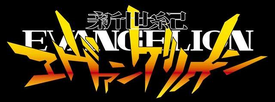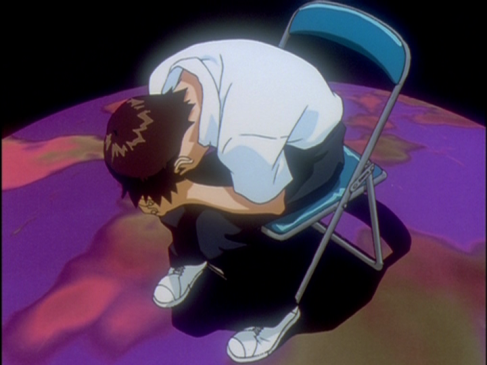Carolee Schneemann
is an American visual artist who dared to show herself completely
naked in 1975 to communicate a message.
 |
| Schneemann's 'Interior Scroll'. |
Prior to my reaction
to Schneemann's Interior Scroll, I would like to provide some context
in the words of Elizabeth Manchester (2003):
'This print is one of several works documenting a performance Schneemann made at Women Here and Now, an exhibition of paintings accompanied by a series of performances, in East Hampton, New York in August 1975. In front of an audience comprising mainly women artists, Schneemann approached a long table under two dimmed spotlights dressed and carrying two sheets. She undressed, wrapped herself in a sheet and climbed on the table. After telling the audience she would read from her book, Cezanne, She Was A Great Painter (published 1976), she dropped the sheet, retaining an apron, and applied strokes of dark paint on her face and body. Holding the book in one hand, she then read from it while adopting a series of ‘life model “action poses”’ (Schneemann in More Than Meat Joy, p.235). She then removed the apron and slowly drew a narrow scroll of paper from her vagina, reading aloud from it.'
Not only does
Schneemann show her entire body but she also performs and reads in a
vibrant way in front of the impressed audience. In this context,
Schneemann gives art and reading a whole new sense: she wants to show
human body as a beautiful painting, a sexy sculpture, a thriving
tree, a love song and a holy prayer. Once again, postmodernist
artists are deconstructing and re-creating the concepts of body,
beauty, gender and sex.
In her book 'More
Than Meat Joy' (1979), Schneemann explained why she chose her vagina
as the source of the text she read during the exhibition:
'I thought of the vagina in many ways – physically, conceptually: as a sculptural form, an architectural referent, the source of sacred knowledge, ecstacy, birth passage, transformation. I saw the vagina as a translucent chamber of which the serpent was an outward model:enlivened by its passage from the visible to the invisible, a spiralled coil ringed with the shape of desire and generative mysteries, attributes of both female and male sexual powers. This source of ‘interior knowledge’ would be symbolized as the primary index unifying spirit and flesh ... the source of conceptualising, of interacting with materials, of imagining the world and composing its images.'
What I find amazing
about Schneemann is the fact that she ignores taboos while she
tells
the world that the body itself can be another art piece. Furthermore,
she is encouraging people to re-discover human bodies in order to
find beauty in oneself and perfection in one's own imperfection.
It is also worth-mentioning that the vagina is not just a sexual object but a door to new life (creation).
All in all, I
believe that artists like Schneemann have helped to expand the global
artistic spectrum.
References:










.jpg)



















